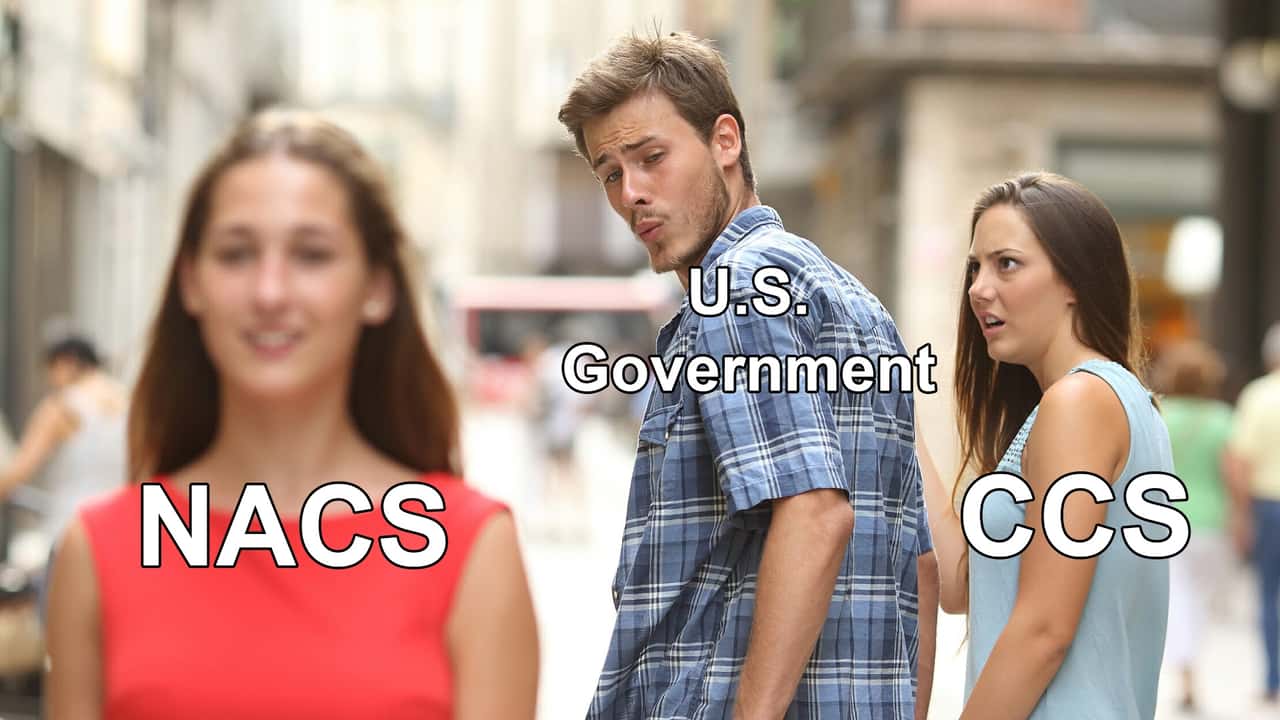Now that nearly the entire auto industry has pledged allegiance to Tesla's North American Charging Standard (NACS), it's time for the U.S. government to rethink exactly how it hands out subsidies for EV fast chargers.
On Tuesday, the Federal Highway Administration (FHWA) announced that it would do exactly that. The agency says that it will begin seeking comments on exactly how it should adjust the requirements for the billions of dollars that will be handed out by the Bipartisan Infrastructure Law and National Electric Vehicle Infrastructure (NEVI) Formula Program now that NACS seems to be the next big thing in the EV space.

The Bipartisan Infrastructure Law and NEVI call for $7.5 billion in subsidies to help build out EV charging networks across the U.S. where they are needed the most. However, access to the subsidies requires that the installation meets specific requirements, one of which is that the EVSE must have a CCS connector. At the time of the rule-making in 2021, Tesla's NACS connector, which, despite Tesla's market share of EVs on the road and DC Fast Chargers across the U.S., was considered proprietary since other brands utilized CCS inlets.
Tesla then decided to open the charging standard as a response to the requirements set by NEVI and released the official specifications of its charger in late 2022. Six months later, Ford announced that it equip vehicles with Tesla's NACS charging inlet and the dominoes across the auto industry began to fall. Now, nearly every automaker—most recently Volkswagen and its entire family of brands—has announced a move from CCS to NACS in future vehicles.
SAE International released a Technical Information Report on NACS (officially known as J3400) on Tuesday. This has brought the standard one step closer to being officially recognized as an industry standard. The U.S. Joint Office of Energy and Transportation released its own statement in tandem with SAE, noting that the Biden administration "applauded" the critical milestone for the standard.
Minimum requirements for federally funded chargers published earlier this year by the Federal Highway Administration (FHWA) were designed to be flexible, creating space for innovation and additional connector types. As multiple automakers announced their intention to use NACS, it became clear the industry needed an independently administered standard for the connector to enable an interoperable and seamless charging experience. The Joint Office worked with the SAE International, the industry leader in automotive standards, to develop a process and timeline for standardization that advanced at unprecedented speed.
FHWA's request for comment will help to reshape the program's minimum requirements. That will ensure the standards are updated to be flexible enough to allow for standard shifts (such as allowing both CCS and NACS/J3400) during the funding period.
It also means Tesla potentially being on the receiving end of up to $7.5 billion in subsidized funding across the U.S. to grow its charging network on the taxpayer's dime just like other charging companies deploying CCS chargers already have access to as part of the current requirements.
Greater access to chargers is a good thing for the adoption of EVs. The industry as a whole is in a kind of weird limbo right now, especially with some automakers cutting back on EV production. But the U.S. government is also pushing forward with its own rules which will reshape how manufacturers must comply with emissions requirements in the coming years. Like it or not, the EVs are coming and more open access to chargers will be the key to its success.

